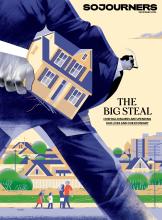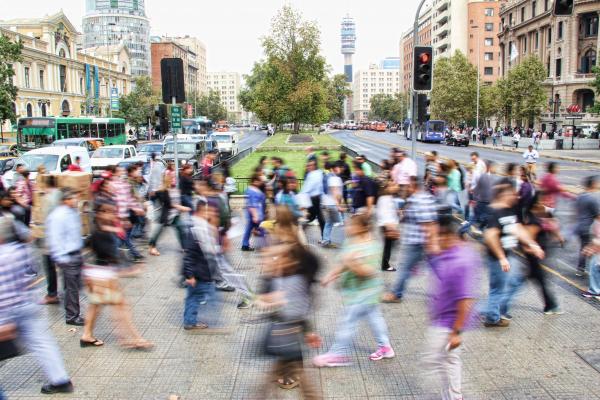Jun 20, 2019
We don’t know what disability justice is because we haven’t begun to reckon with our history of injustice.
Read the Full Article

Already a subscriber? Login

We don’t know what disability justice is because we haven’t begun to reckon with our history of injustice.
